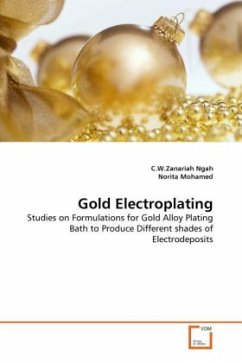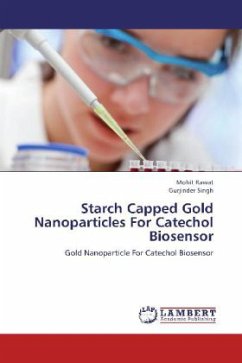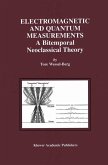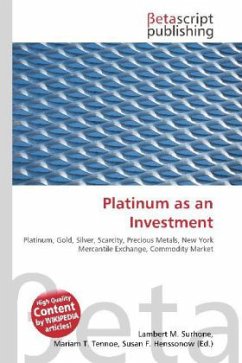Details regarding formulation studies of gold plating baths have always been hindered by patent. The bath constituents are always referred to as proprietary. Also colored gold plating remains much of an empirical art rather than the science and thus a large extent depends on the experience of the electroplaters. Systematic studies on formulations for gold alloy plating baths were carried out to investigate the effect of each metal Ag, Pd, Ni, and In and both Ag-Pd and Ni-In added in the plating baths on the shades of gold films. Addition of Ag and Ag-Pd in the plating baths gives three different shades of deposits, while adding Ni-In reveal gold color close to 2N-18 Yellow. EDAX analyses proved the formations of binary Au-Ag, Au-Pd, Au-Ni and ternary Au-Ag-Pd, Au-Ni-In gold electrodeposited gold alloys. Further investigations shows that the sizes of the crystal structures are very small with Ra values 4.48 to 50.05 nm. SEM images of the gold deposits indicate very smooth surfaces. While AFM image show the transition from faceted pyramidal-like island features to distorted square structures stacked up in terraces and ridge features for certain samples.
Bitte wählen Sie Ihr Anliegen aus.
Rechnungen
Retourenschein anfordern
Bestellstatus
Storno








